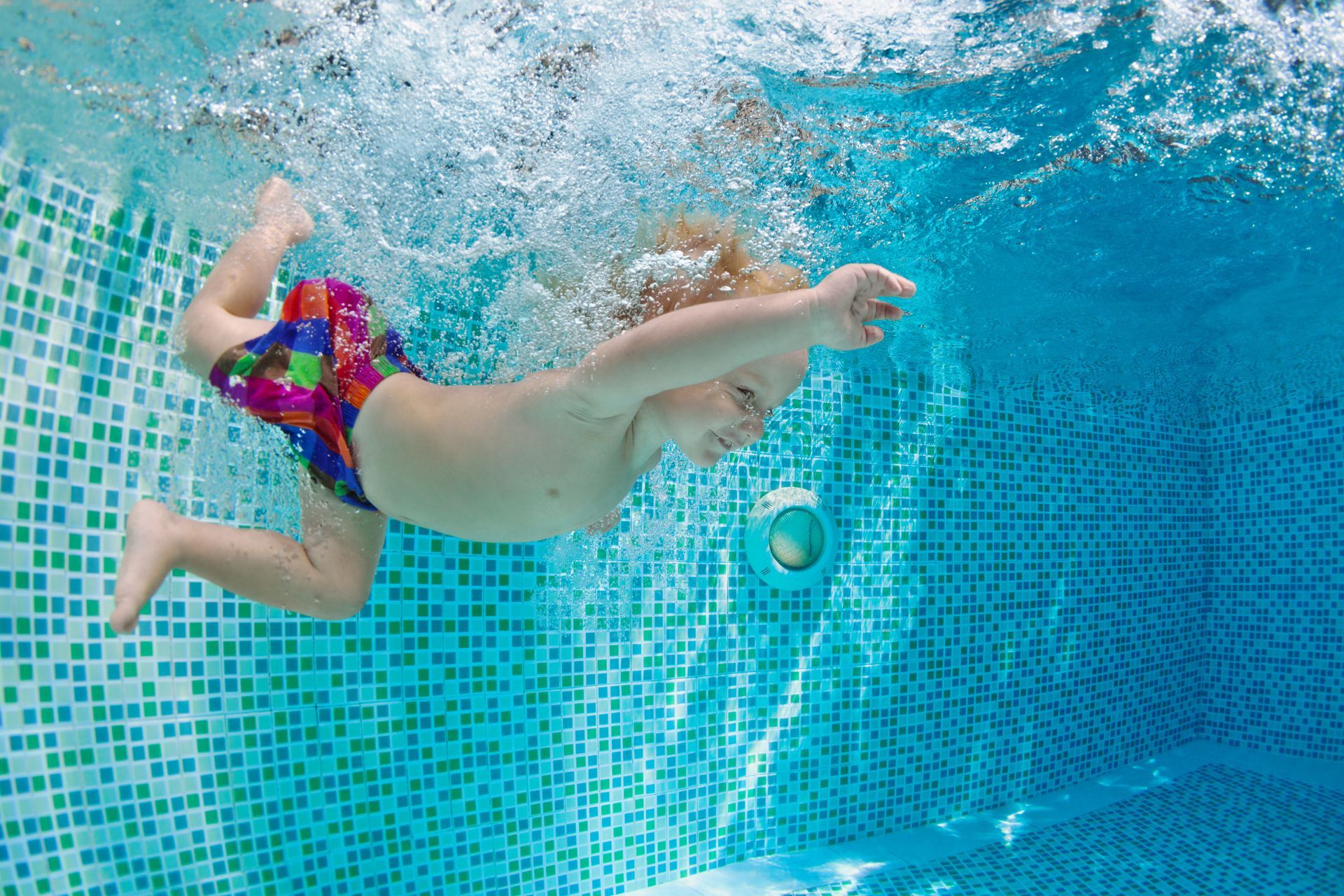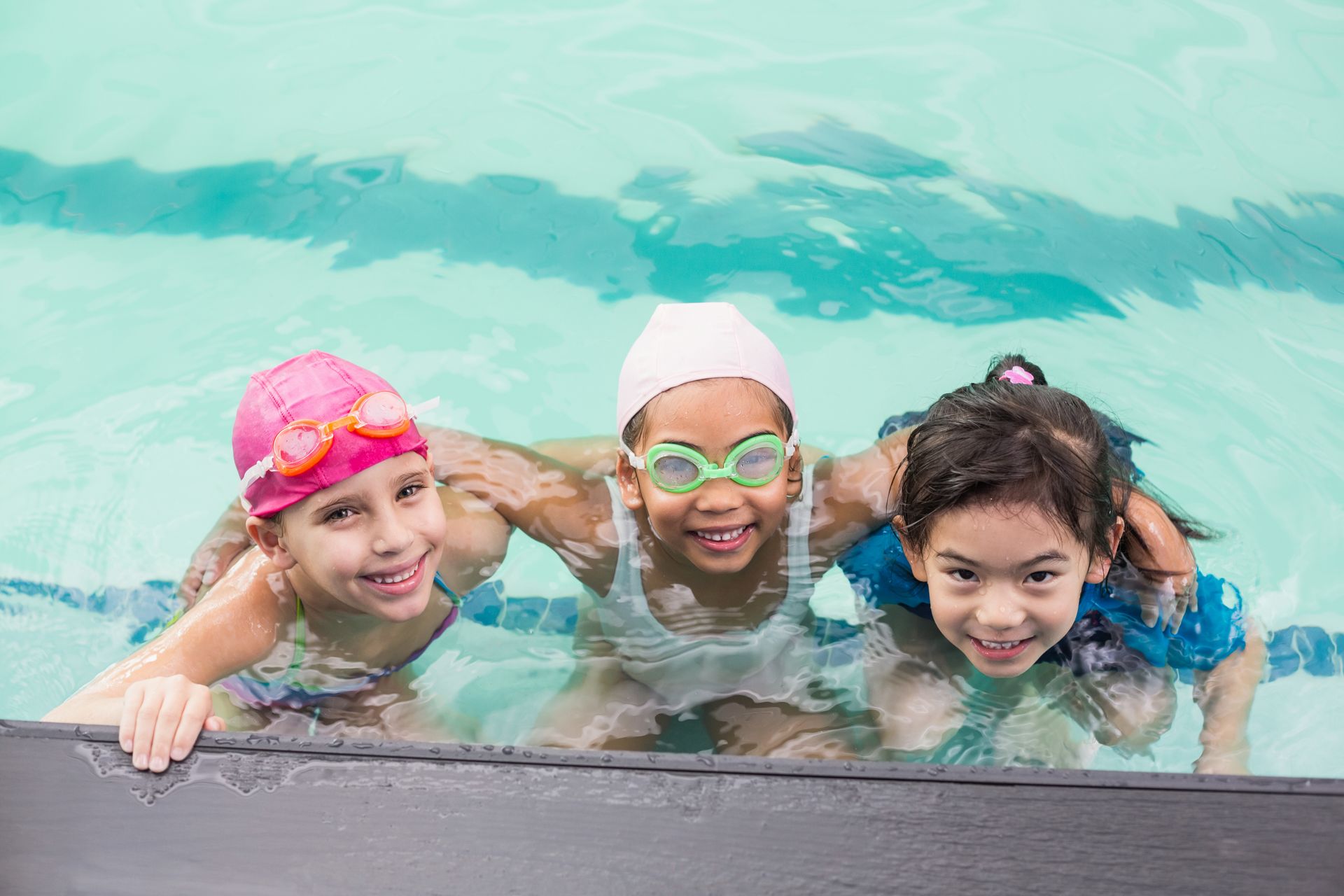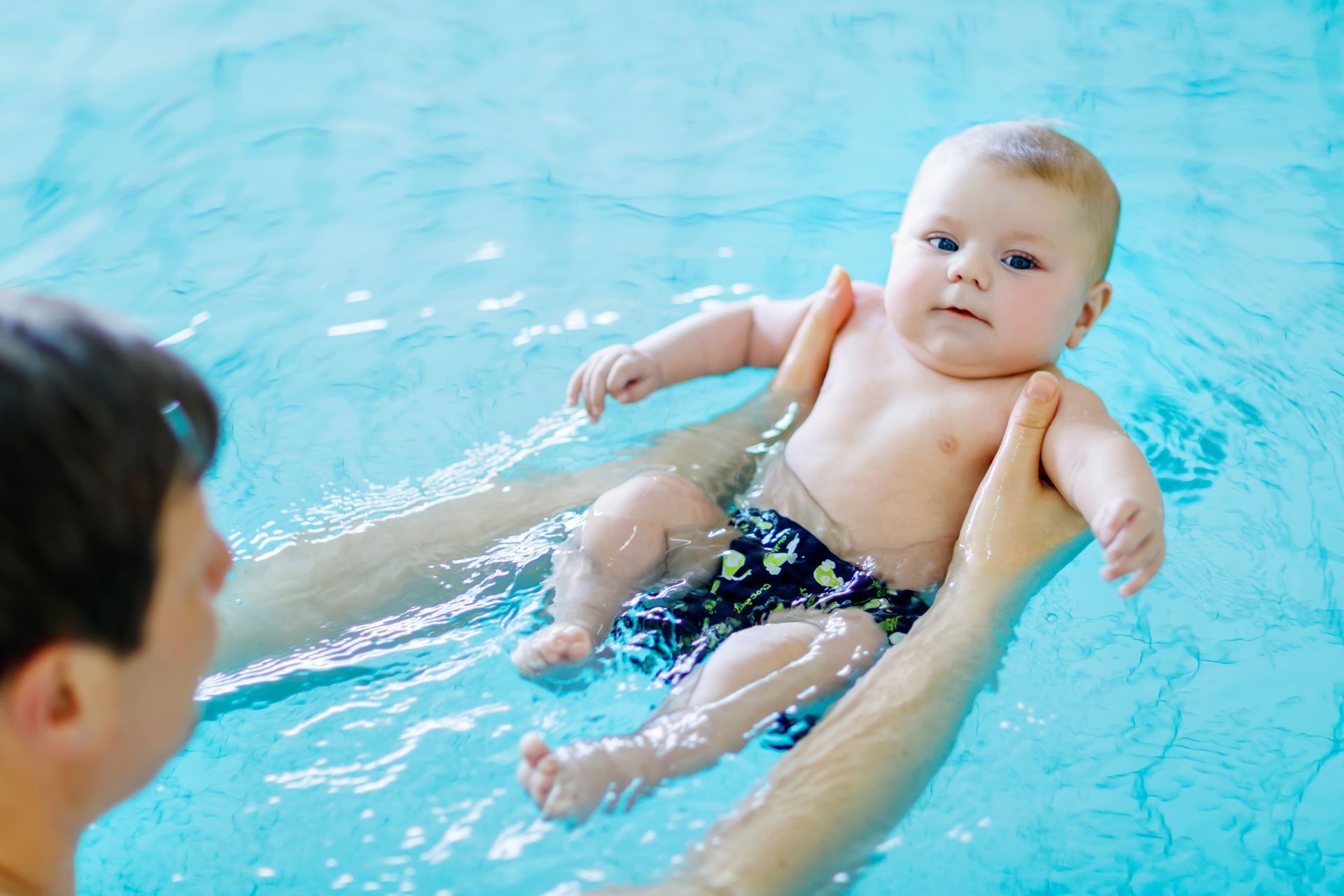One of the most common questions I get asked by parents is, “How can I help my child build their swimming skills at home and progress faster in between swim lessons?”
While we always welcome and encourage parents to boost their little fish’s swim savvy with our Fast Start Package, there are terrific ways to engage your child’s inner fish at home with some fun games and toys. My personal favorite tool to use at home (and most effective, in my opinion) are dive rings.
They have so many wonderful benefits including sharpening spatial awareness and hand eye coordination. They are also great tools to increase their lung capacity and practice proper underwater breathing techniques. Plus, it’s a super fun game to them! They love to play and the freedom throw the rings back in the water and dive in after them. (With proper supervision, of course!)
Most importantly, dive rings are by far the best tool I’ve found that builds water confidence by getting kids to know that they can go under the water and get up again safely. This removes a huge learning block when it comes to swimming.
In fact, we practice diving games here at Small Fish Big Fish for that very reason. Reinforcing water safety skills, and developing a love of the water early – all while advancing their physical, social and intellectual development before they potentially develop a fear of the water, will give them the chance to build swimming skills quickly.
For the child that isn’t quite comfortable, dive rings are a good tool to slowly get children into the pool by strategically placing the rings in the water and allowing the child to retrieve, then going further and further back at their pace. Start in the shallow end and just get them to grab a ring from under the water. In your first few sessions it may only be deep enough for them to bend over and pick up, but try to get it just deep enough that they have to put their head just under the water. This will teach them to hold their breath correctly. Gradually move deeper. Not too deep at first – they still need to be able to stand up – but this time get them to dive down. Teach them how to dive under the water. When they start to swim you can go a bit deeper with diving games, but this will often come much later. (Don’t push it as it may erode their confidence). Just remember to have fun!
This month ONLY at our Splash Boutique, buy one package of dive rings and get the second 50% OFF! Your kids will love the different colors, sizes, shapes and buoyancies. They are very easy for little eyes to spot and little hands to grab underwater, and they come in some cute designs and packages too!
As always, thank you all for your support, and I hope to see you and your children at Small Fish Big Fish soon!
Swimmingly,
Melissa Taylor







